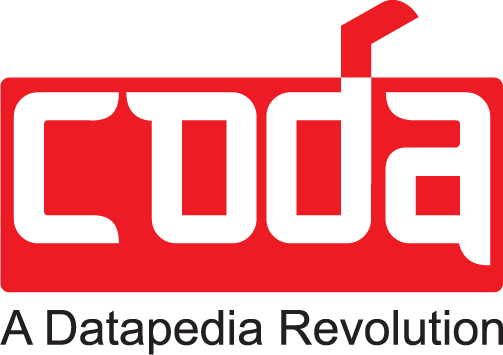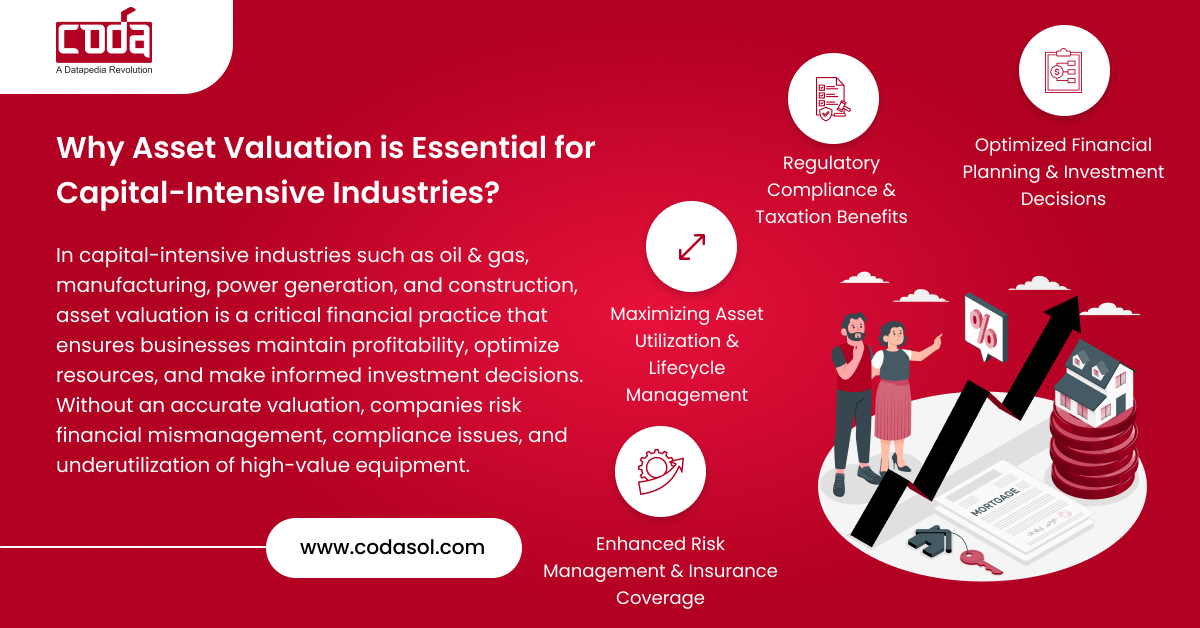In capital-intensive industries such as oil & gas, manufacturing, power generation, and construction, asset valuation is a critical financial practice that ensures businesses maintain profitability, optimize resources, and make informed investment decisions. Without an accurate valuation, companies risk financial mismanagement, compliance issues, and underutilization of high-value equipment.
In this blog, we explore why it is crucial for capital-heavy sectors, providing real-world case studies and expert insights to help your business maximize its financial potential.
What is Asset Valuation?
Asset valuation is the process of determining the fair market value of a company’s tangible and intangible assets. This includes:
- Machinery and equipment
- Real estate and infrastructure
- Intellectual property (patents, trademarks, copyrights)
- Inventory and raw materials
For industries reliant on expensive machinery and infrastructure, accurate valuation ensures businesses make data-driven financial decisions, reducing risk and increasing return on investment (ROI).
Why Asset Valuation is Essential in Capital-Intensive Industries
1. Optimized Financial Planning & Investment Decisions
Accurate asset valuation helps businesses allocate resources efficiently. By understanding the true worth of their assets, companies can make informed decisions regarding:
- New capital expenditures (expanding operations or acquiring new machinery)
- Mergers and acquisitions (determining fair acquisition prices)
- Financial reporting & auditing (ensuring transparency and compliance)
🔗 Related Read: How Data-Driven Asset Management Improves ROI
2. Regulatory Compliance & Taxation Benefits
Governments and financial institutions require accurate asset valuation for compliance, taxation, and financial reporting.
Businesses that undervalue or overvalue assets may face:
- Inaccurate tax calculations, leading to financial penalties
- Non-compliance with IFRS, GAAP, or local regulations
- Challenges in securing loans or investor funding
Maintaining precise records ensures smooth audits and tax filings, reducing financial risks.
3. Maximizing Asset Utilization & Lifecycle Management
For companies with large equipment fleets, asset valuation helps track depreciation rates and identify underutilized assets.
Key benefits include:
- Extending asset lifespan through proactive maintenance
- Avoiding unnecessary capital expenditures on new equipment
- Identifying resale or repurposing opportunities
4. Enhanced Risk Management & Insurance Coverage
Accurate valuation ensures that assets are properly insured, minimizing losses due to natural disasters, theft, or equipment failure.
Capital-intensive industries must:
- Regularly update asset values for adequate insurance coverage
- Conduct risk assessments to mitigate financial exposure
- Prevent underinsurance that could lead to losses in case of accidents
🔗 Related Read: How Preventive Maintenance Reduces Equipment Downtime
Comparison of Asset Valuation Methods
| Valuation Method | Description | Best Used For | Limitations |
|---|---|---|---|
| Market Approach | Compares asset value with similar assets in the market | Real estate, equipment, tangible assets | Market fluctuations can affect accuracy |
| Cost Approach | Calculates value based on the cost to replace or reproduce the asset | New assets, insurance purposes | Doesn’t account for depreciation or market demand |
| Income Approach | Determines value based on potential future income generation | Revenue-generating assets (factories, power plants) | Requires accurate revenue projections |
Ready to improve asset valuation in your industry? Get in touch with our experts!

Case Study 1: Reducing Financial Risk in the Oil & Gas Sector
Challenge: A leading oil & gas company faced overvaluation of drilling rigs, impacting tax calculations and leading to regulatory issues.
Solution: Implemented a standardized asset valuation model, aligning values with market depreciation trends and regulatory standards.
Results:
- $3M in cost savings through optimized tax calculations
- Improved compliance, reducing audit risks
- Better financial planning, leading to more accurate investment decisions
Case Study 2: Improving Asset Utilization in Manufacturing
Challenge: A global manufacturing firm had idle machinery worth $5M, leading to underutilization and increased capital expenses.
Solution: Conducted a comprehensive asset valuation audit to identify underutilized assets, leading to reallocation within different plant locations.
Results:
- 30% increase in asset utilization through reallocation
- $1.5M in cost savings by avoiding unnecessary purchases
- Reduced maintenance costs through better tracking of asset lifecycle
Read more:
Asset Management for a leading Energy & Utility Company
Asset Master Data standardization
Asset Registry Project
FAQs
1. What methods are used for asset valuation?
The most common methods include the market approach, cost approach, and income approach, depending on the type of asset and industry.
2. How often should businesses conduct asset valuation?
It’s recommended to perform annual audits to ensure accurate financial reporting, tax compliance, and investment decisions.
3. Can asset valuation help in securing loans?
Yes! Accurate valuation enhances credibility with lenders, increasing the chances of securing better financing options.
4. How does depreciation affect asset valuation?
Depreciation reduces an asset’s book value over time. Companies must track depreciation to ensure accurate financial records and tax calculations.
5. What are the risks of incorrect asset valuation?
Inaccurate valuation can lead to financial misstatements, higher tax liabilities, regulatory fines, and inefficient capital allocation.
Key Takeaway
For capital-intensive industries, asset valuation is not just a financial exercise, it’s a business imperative. It impacts everything from financial planning and compliance to risk management and operational efficiency. Companies that invest in this will gain a competitive edge by maximizing asset utilization, optimizing costs, and making data-driven investment decisions.
Accurate asset valuation = Better financial stability + Increased ROI + Reduced risks.
🔗 Next Read: Reactive vs. Preventive vs. Predictive Maintenance: What’s Right for You?

Need help with asset valuation? Contact us today for expert insights!


